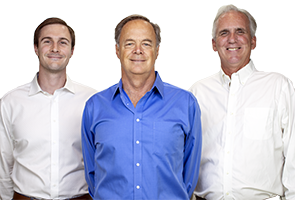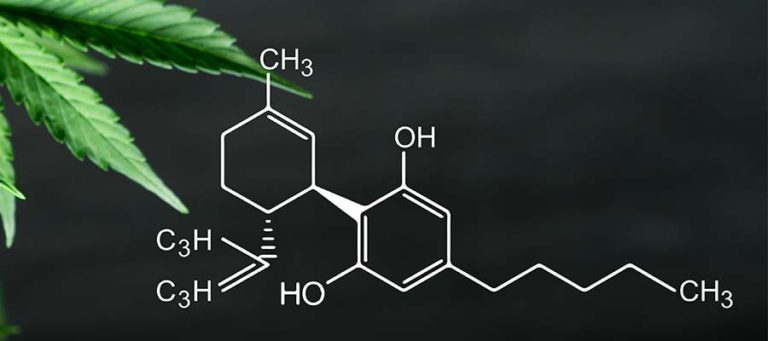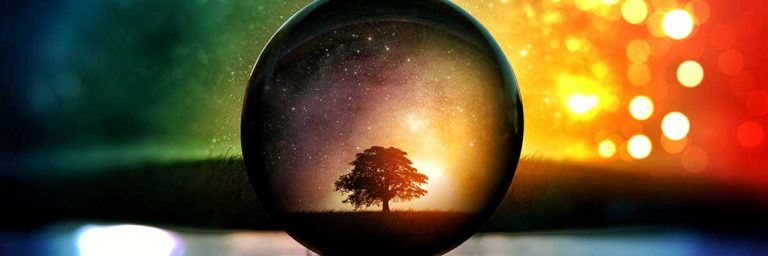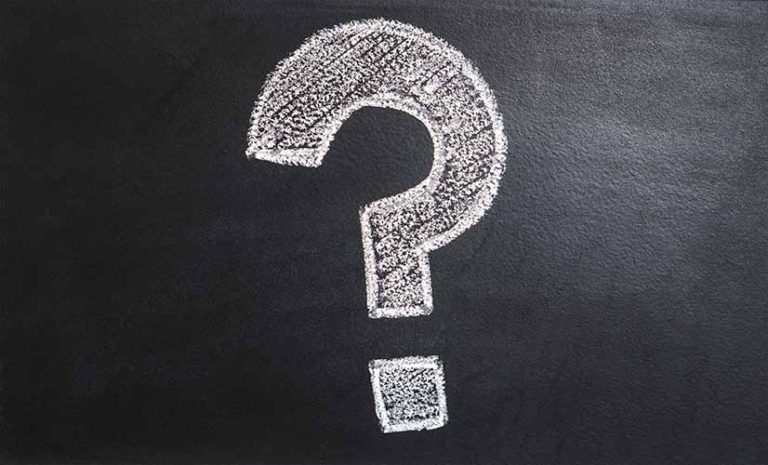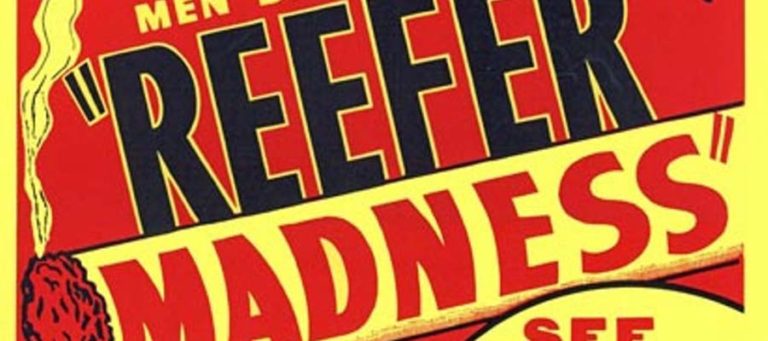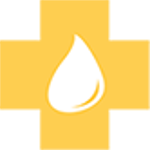Have you ever wondered how CBD goes from a plant to the product that you use every day? Here’s a basic overview on the hemp plant’s life cycle!
Hemp that is grown to get our beloved CDB is often grown in large fields and is known to be monocarpic. Monocarpic plants only flower once before they die unlike many of plants that you can find in your back yard (polycarpic.) Planted from seed or clone, these resilient plants will grow throughout most of summer with zero flower generation. Rather than focusing on reproduction, the hemp plant is focused on building a strong infrastructure so that when it does start producing flowers, it is strong and resilient. However, once the seasons change, hemp slows its vegetative, vertical growth and enters the flowering stage. Flowering hemp plants begin to create much denser and wider growth. At this point the flowers begin to grow. It is within the hemp flowers that trichomes are most densely found. The trichomes hold most of the usable cannabinoids within the hemp plant including CBD!

But wait! Hemp is also known to be dioecious! A plant that is dioecious can be categorized as either male or female genders. A male plant, rather than producing resinous flowers, produces small pollen sacs that eventually ‘pop’ releasing their pollen into the air. The airborne pollen hopes to find its way into the arms of a pistil, on a flowering female plant. (Pistils are the hairs that can be found on hemp or cannabis plants.) If pollinated, the female hemp plant stops producing flowers and begins to nurture seeds. As the seeds grow, the plant quickly begins to reach the end of its life. The leaves begin to change colors, much like the leaves in autumn, a sign that the much-needed nutrients are being absorbed by the new fetus-like seed that the plant nurtures until its inevitable demise. As the plant decays, it creates a nutrient rich layer of topsoil, drops its seeds, in the hope that conditions are present so it can germinate and become a hemp plant again next season.
Remember though, CBD is most abundant in the trichomes, and trichomes are most abundant in the flowers of a female plant, right? Industrial hemp farmers will intentionally remove the male plants from their crop to prevent pollinating the (hopefully) all female crop. Instead of halting flower creation, these plants continue to create flowers. By creating more and more flowers, the hope to receive some male pollen increases. Eventually though, the plant finally gives up. The hard-worked plant eventually uses the remainder of its nutrients until it finally dies. This time, it does not leave any seeds for the following year.

A female plant rarely sees an entire season in the wild without pollination, though. Generally, only in forced situations will a female hemp plant be able to make it through this process and produce no seeds. A hemp farmer with the intent to maximize quantity (and quality) CBD production, harvests the plant shortly before the plant can no longer survive, ensuring that CBD production has finally come to an end.
Once harvested, the plant is broken down into usable parts for each process. Many farmers will send their plant off in parts. The flowers often get sent to CBD and other cannabinoid extraction facilities, and the stalks, stems, and leaves might get sent to other processing facilities for hemp products.

